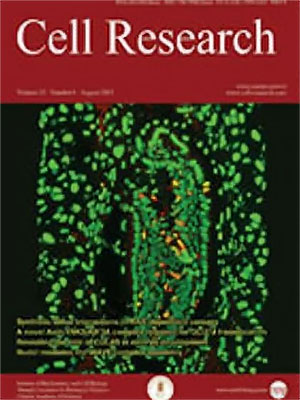
Volume 13, No 4, Aug 2003
ISSN: 1001-0602
EISSN: 1748-7838 2018
impact factor 17.848*
(Clarivate Analytics, 2019)
Volume 13 Issue 4, August 2003: 229-238
REVIEWS
Metabolic integration during the evolutionary origin of mitochondria
Dennis G SEARCY
Correspondence: Dennis G SEARCY(dsearcy@bio.umass.edu)
Although mitochondria provide eukaryotic cells with certain metabolic advantages, in other ways they may be disadvantageous. For example, mitochondria produce reactive oxygen species that damage both nucleocytoplasm and mitochondria, resulting in mutations, diseases, and aging. The relationship of mitochondria to the cytoplasm is best understood in the context of evolutionary history. Although it is clear that mitochondria evolved from symbiotic bacteria, the exact nature of the initial symbiosis is a matter of continuing debate. The exchange of nutrients between host and symbiont may have differed from that between the cytoplasm and mitochondria in modern cells. Speculations about the initial relationships include the following. (1) The pre-mitochondrion may have been an invasive, parasitic bacterium. The host did not benefit. (2) The relationship was a nutritional syntrophy based upon transfer of organic acids from host to symbiont. (3) The relationship was a syntrophy based upon H
2 transfer from symbiont to host, where the host was a methanogen. (4) There was a syntrophy based upon reciprocal exchange of sulfur compounds. The last conjecture receives support from our detection in eukaryotic cells of substantial H
2S-oxidizing activity in mitochondria, and sulfur-reducing activity in the cytoplasm.
FULL TEXT | PDF
Browse 2092


